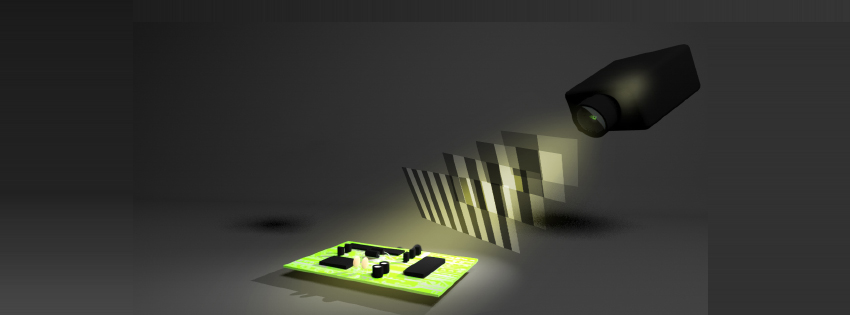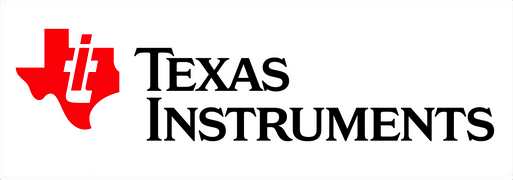3D Scanning
Process: The process of scanning and creating a 3D model of an object consists of several steps.
• Acquisition: The first step of the scanning process is to measure properties of the object that is to be modeled and store the measurements for later processing. At minimum, this requires a sensor of some type that records one or more physical properties, such as position, reflectivity, transmittance, color, or texture. Several different approaches and systems are used for the acquisition process, which are discussed later.
Registration: In practice, the process of acquiring data on an object to be modeled often requires multiple measurements, multiple sensor devices, or both. Before a cohesive model can be constructed, the data from each of these acquisition processes must be referred to a consistent frame of reference. In this way, the relationship between the different measurements is made known to later processing stages that use the measurements to construct a single model.
• Generalization: This is the process of constructing a continuous model or description of an object from discrete or discontinuous data. Many algorithms have been developed to correctly extrapolate between sample points and produce a faithful reconstruction of the object from a given data set. The generalization process is made easier if the sampling density is high, in which case simple linear extrapolation between points is reasonably accurate, which reduces confusion between geometric and topological distances. It is important to note that the success of the generalization process is dependent on the capabilities of the acquisition systems.
• Fusion: This is the process of combining the data from several different sensors and/or measurement runs into a single object. Note that fusion can occur on a discrete level, prior to the generalization process, or it may occur after the generalization process has been completed on each of the sensor inputs or measurement sets. Several iterations of registration, generalization and fusion may occur before an acceptable model is produced.
• Optimization: Once a refined model of the object is obtained, the model is transformed into a format that is best suited to the ultimate application the model is to be used for.
Key Parameters and Criteria
3D Scanner systems can be evaluated on several important criteria, including:
• Accuracy – How close the measurements obtained are to the true value on the object.
• Resolution – Either the density of details that the scanner can recover, or the minimum distance between two points on the object that can be resolved.
• Speed – The time required to measure a given feature, typically measured in points per second that can be sampled for a given operating condition or feature to be measured.
• Flexibility – The range of objects that can be measured, including size and types of materials.
• Invasiveness – The degree to which the measurement process can affect or change the object being modeled.
• Robustness – The sensitivity of the system to environmental factors.
• Usability – The ease with which a person of limited technical knowledge can successfully operate the scanning system.
• Cost


